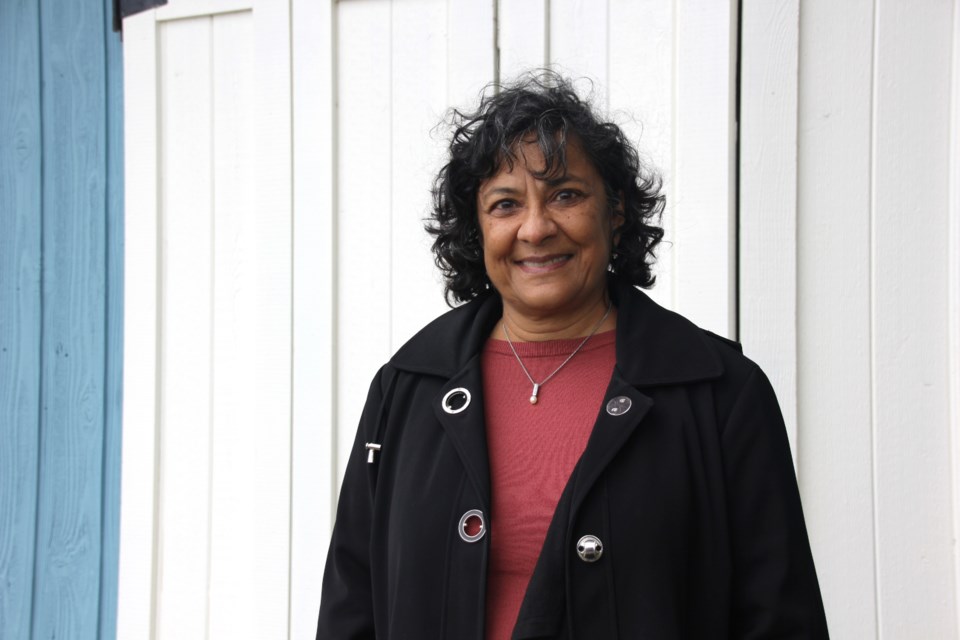As the three commissioners reviewing the boundaries visit every region of the 87 electoral districts in B.C., they are offering constituents the opportunity to have their voices heard.
While the in-person session on May 11 drew only a few participants to Mission Point House in Davis Bay, it won’t be the last time Coasters can have their say. On Friday, May 13, a virtual session will be held from 5 p.m. to 7 p.m. Interested participants can RSVP to [email protected].
This may be the first time a virtual format has been used by a BC Electoral Boundaries Commission, Justice Nitya Iyer of the Supreme Court of British Columbia (the commission’s chair) said.
The commission has also launched a new interactive map. Members of the public can use it to see their current electoral district’s boundaries, receiving real-time information about the population included in the district. A drag and drop feature allows users to move the boundaries if they’d like to propose a change.
There are currently 87 districts in the province, intended to provide representation by population. The commission will consider demographic factors such as population numbers, rate of growth, communities of interest, communication and transportation. The commission can add up to six new districts. Each district should be within +/- 25 per cent of the average electoral district in B.C. (about 57,000 people).
The Powell River-Sunshine Coast district includes 53,217 people ( a deviation of -7.42 per cent).
On May 11, Anton Boegman, B.C.’s Chief Electoral Officer, said there have been minimal changes to the boundaries since the Powell River-Sunshine Coast electoral district was formulated in the 1990s.
For Iyer, the commission chair, she hopes the process will help “people to actually think about what representative democracy is about and what it means for them.” She asks community members to share information about what it’s like to live in their community and what they need to feel represented. With the enactment of UNDRIP (United Nations Declaration on the Rights of Indigenous Peoples), she said, “It's important to try to respect the territories of Indigenous nations and to and to understand that better.”
The process
After every second provincial general election, an independent review of the area boundaries and names begins with a new panel of commissioners. This time, the commissioners have decided that they will start by hosting meetings throughout the province to hear from residents before deliberations begin.
“We haven't formed at this point, any preliminary opinions, or even indeed had any discussion on what changes — if any — will be to electoral boundaries,” Boegman said at the meeting. “And that was really a deliberate choice, because we thought that before we do that work of the commission, we do need to hear, we need to listen, and we need to understand what the concerns are from British Columbians.”
The first round of public consultations will end on May 31 at 4:30 p.m. Submissions can be made online or by mail. Find out more on how to share your thoughts at https://bcebc.ca/your-voice/.
The preliminary report is expected to be published in fall 2022, then a second round of public consultation will be held on the proposed changes. The final report will be published by April 2023. It will be up to the Legislative Assembly of B.C. to accept or deny the recommendations from the commission.






